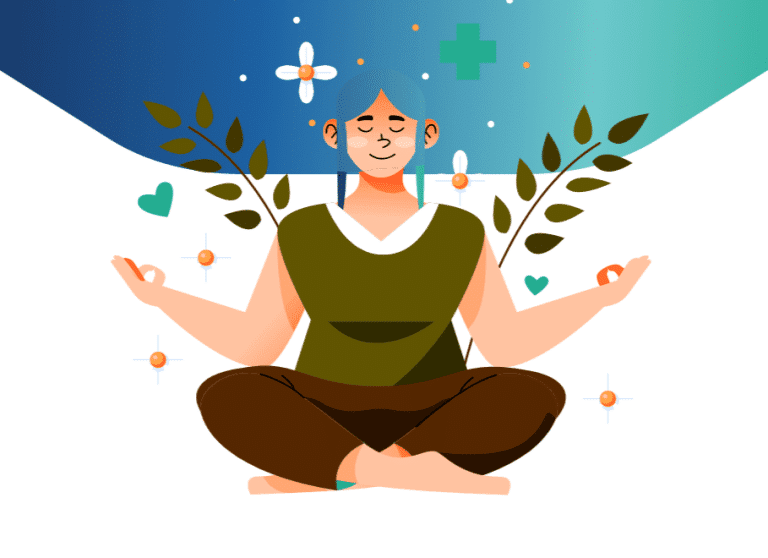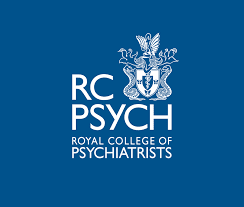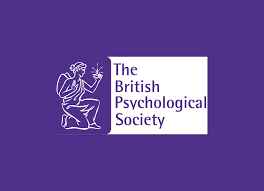Mindfulness

What is Mindfulness
Mindfulness is a mental state achieved by focusing awareness on the present moment, with calm acknowledgement & acceptance of feelings, thoughts, and bodily sensations without judgement. This helps being with difficult thoughts rather than forcing them out or denying them. We can train to work with our mind and body, making mindfulness a part of our life needs training, work in the form of practice and motivation.
Mindful Breathing: Focus on your breath. Take a few minutes each day to sit quietly and pay attention to your breath as you inhale and exhale. If your mind wanders, gently bring your focus back to your breath without judgment.
Body Scan: Lie down or sit comfortably and slowly scan your body from head to toe, paying attention to any areas of tension or discomfort. Take a few deep breaths and try to release any tension you encounter.
Mindful Eating: Engage all your senses while eating. Observe the colors, textures, and smells of your food. Take small bites and savor each mouthful, being fully present with the experience of eating.
Mindful Walking: Go for a walk and focus on each step you take. Feel the ground beneath your feet, notice your posture, and observe your surroundings without getting lost in thoughts.
Mindful Listening: Practice active listening when engaging in conversations with others. Give your full attention to the person speaking, without interrupting or planning your response in your mind.
Mindful Technology Use: Be mindful of how much time you spend on digital devices. Take breaks, set boundaries, and avoid mindlessly scrolling through social media.
Mindful Appreciation: Take a moment each day to appreciate something in your life, no matter how small. It could be a beautiful sunset, a kind gesture, or a good meal.
Mindful Journaling: Write down your thoughts and feelings in a journal. This can help you gain insights into your emotions and thought patterns.
Mindful Pause: When you find yourself feeling overwhelmed or stressed, take a short break. Close your eyes, take a few deep breaths, and refocus your attention on the present moment.
Mindful Gratitude: Practice gratitude regularly by reflecting on the positive aspects of your life. This can shift your focus away from what’s lacking and increase feelings of contentment.
Remember that mindfulness is not about perfection or achieving a specific outcome. It’s about cultivating a non-judgmental awareness of the present moment and gradually integrating it into your daily life. With consistent practice, you can experience the benefits of mindfulness and lead a more balanced and fulfilling life.
At Oaktree, Mindfulness sessions can take various forms depending on the setting and the instructor's approach. Typically, these sessions involve guided exercises and activities designed to cultivate mindfulness and present-moment awareness.
Mindfulness sessions can vary in length, from short 5-minute exercises to longer sessions lasting an hour or more. The focus is on providing a safe and supportive space for participants to explore mindfulness and develop a regular practice that they can carry into their everyday lives.
Here's a general outline of what might happen in a mindfulness session:
The session usually begins with a brief introduction, where the instructor explains the purpose of mindfulness and its potential benefits. They may also discuss the importance of non-judgmental awareness and being present in the moment.
Seating and Posture: Participants are guided to sit comfortably, either on a cushion or a chair, with an upright posture. The focus is on finding a relaxed but alert position to prevent physical discomfort and drowsiness.
Guided Breathing: The instructor often starts with a guided breathing exercise. Participants are asked to bring their attention to their breath, observing the natural rhythm of inhalation and exhalation. The breath serves as an anchor to keep the mind centered on the present moment.
Body Scan: Some sessions may include a body scan exercise. Participants are led to mindfully explore and bring their awareness to different parts of the body, noticing any sensations or areas of tension.
Mindful Awareness: The instructor guides participants to cultivate open awareness, where they observe thoughts, emotions, and sensations as they arise without clinging to them or pushing them away. The focus is on being a detached observer of the mind’s activities.
Mindful Movement: In some sessions, mindful movement exercises might be included. These can involve gentle stretches or yoga poses done with a focus on awareness of bodily sensations and breath.
Closing: The session concludes with a gentle return to regular awareness. Participants are encouraged to slowly open their eyes if they had them closed, and the instructor may offer some closing remarks or insights.
Reflection and Discussion: Depending on the session’s format, there might be a brief period for participants to share their experiences or ask questions. Reflection and group discussion can deepen understanding and provide support for integrating mindfulness into daily life.
Does Mindfulness Work
There is growing research evidence that Mindfulness is effective in helping with symptoms of anxiety
Positive outcomes on wellbeing, anxiety distress, improving behaviour in children
Increased activity in area of brain associated with positive emotions
Reduces risk of depressive episodes 43%
Changes in brain wave activity during meditation












